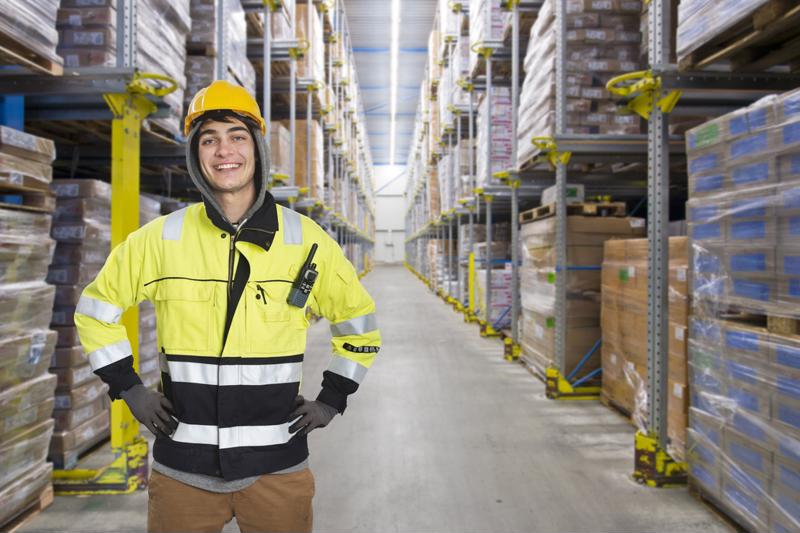If there’s one thing every cold storage warehouse has in common, it’s this: A stable temperature is crucial. Without careful climate control, products could spoil or become unsafe.
The importance of the cold chain has only grown in recent years, according to supply chain technology provider Datex. Between 2013 and 2015, 3PL and private sector cold storage grew a combined 3.5 million cubic meters, making room for everything from food to flowers, pharmaceuticals to petrochemicals.
As more companies open or expand their cold storage facilities, they must take care of the equipment that keeps warehouses cold enough for the products housed there, as well as make an effort to reduce the stress put on their cooling systems. This is done through adequate cold room maintenance and strategic asset selection that minimizes air seepage and provides insulation.
Keep cold storage equipment well maintained
Equipment failure of any kind can slow down productivity and create an unsafe working environment. Cold storage equipment failure, though, comes with more serious ramifications. If temperatures begin to rise, inventory can be put at risk and may quickly be ruined. Thawing ice also creates slip hazards for workers in the warehouse. Finally, spoiled product, if not identified before leaving the facility, can put consumer health in jeopardy.
 Keeping temperatures consistent in cold storage facilities is essential for product safety.
Keeping temperatures consistent in cold storage facilities is essential for product safety.Properly maintaining equipment helps prevent unexpected breakdowns. The best way to do this is through regular inspections and proactive maintenance. Regular inspections will let you know if something is amiss.
Some items facilities should check out at least once daily include:
- Thermostat: Make sure the temperature is kept at appropriate levels.
- Compressor: Ensure that no oil has seeped out.
- Evaporator: Confirm that no ice has formed.
If any of these items begin to show signs of failure – if ice crystals form on the evaporator or the thermostat shows fluctuating temperatures – it’s important to identify the underlying issues right away and have them fixed.
Having an emergency maintenance partner that you can call at a moment’s notice can help nip problems in the bud quickly. Time is of the essence when dealing with cold storage problems, which is why Miner’s same-day services are so valuable to facility managers working in cold storage.
Beyond daily inspections, facilities will need to engage in weekly and monthly maintenance tasks:
- Cleaning the fins on condensers, evaporators and other pieces of equipment.
- Cleaning casings and fans.
- Calibrating temperature controls.
- Performing systems checks.
Choose assets suited to cold storage facilities
Cold storage facilities kept at the right temperature partly depend on well-maintained and clean cooling systems. But it’s also important that facilities are built and designed to take advantage of temperature control. Walls that don’t have adequate insulation or doors that allow cold air to escape (or warm air to enter) will increase energy costs and hurt efforts to keep the space properly cooled.
When a specific temperature or humidity level is essential to keeping a product in pristine condition, the amount of time the door to that carefully climate-controlled room is open makes a real impact. It’s best for the doors to remain closed as often as possible.
High-speed doors ensure workers can easily enter and exit the climate-controlled space. They also minimize the amount of time the doors are open. These installations are typically made of fabric that rolls up or down quickly to keep the conditioned air in and the warm air and germs out.
Insulated doors that are filled with heavy-duty, closed-cell polyurethane insulation encased in layers of vinyl are another option. The result is a highly effective insulated door that keeps your cold storage rooms functioning as it always should.
While these are effective assets to include in your warehouse, it’s important to keep an eye on their performance. If your high-speed door has a damaged curtain, won’t open or gets stuck on one position, its value to your operations will decrease. Whether your insulated door’s gaskets begin to wear out or the de-icing equipment begins to fail, issues need to be addressed quickly.
By partnering with Miner, facilities can rest assured that should something begin to heat up in their cold room, they can reach out to an expert to come examine their problem areas and offer solutions for achieving operational excellence.
